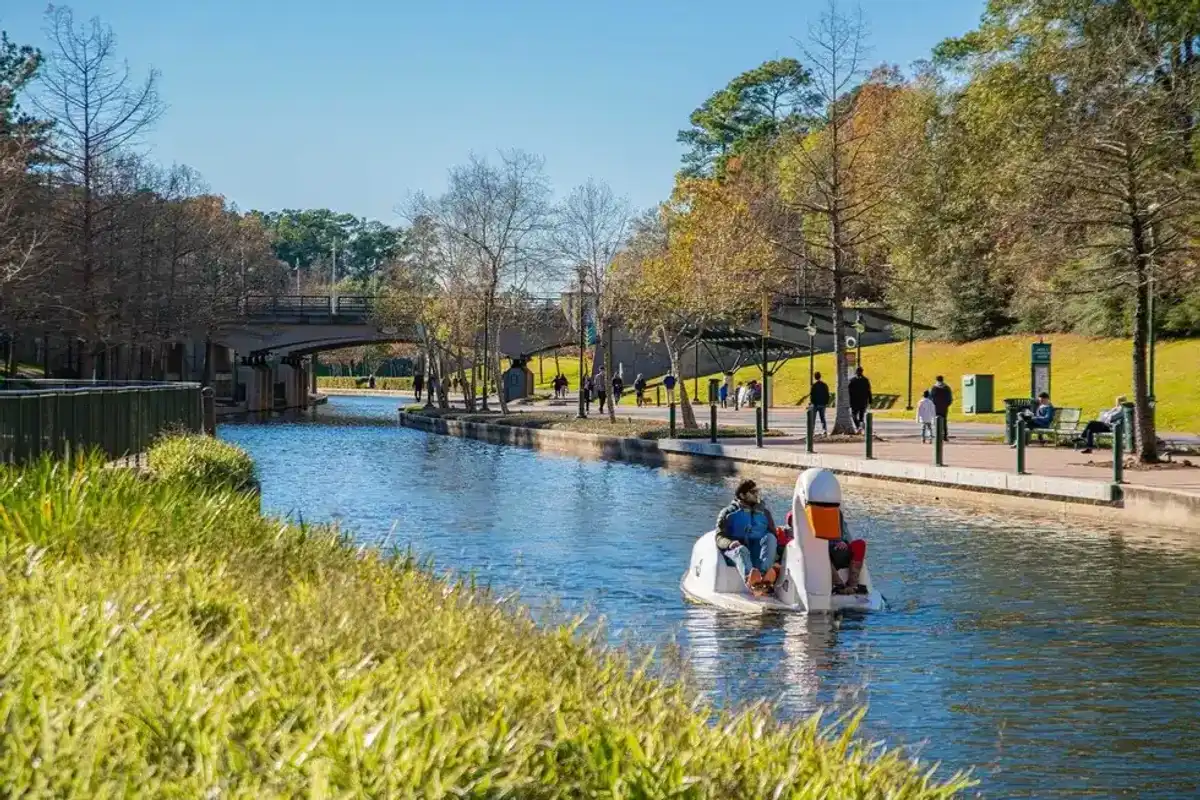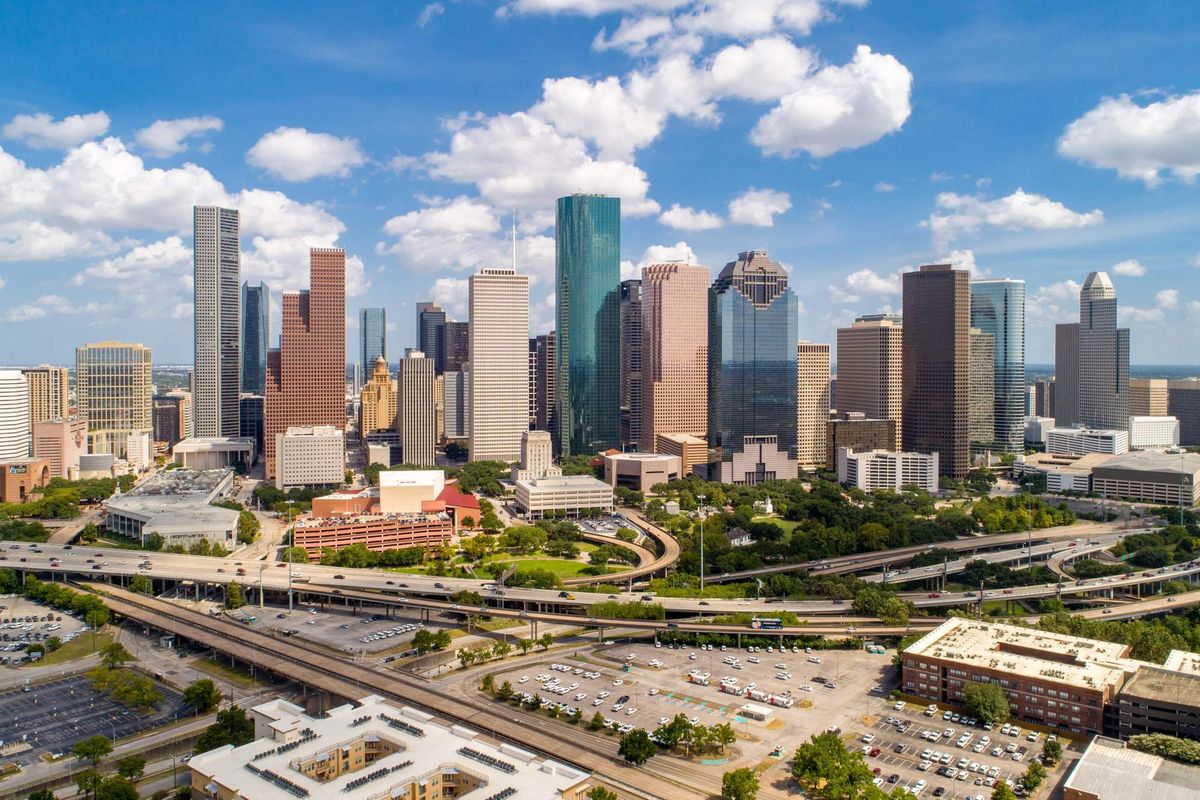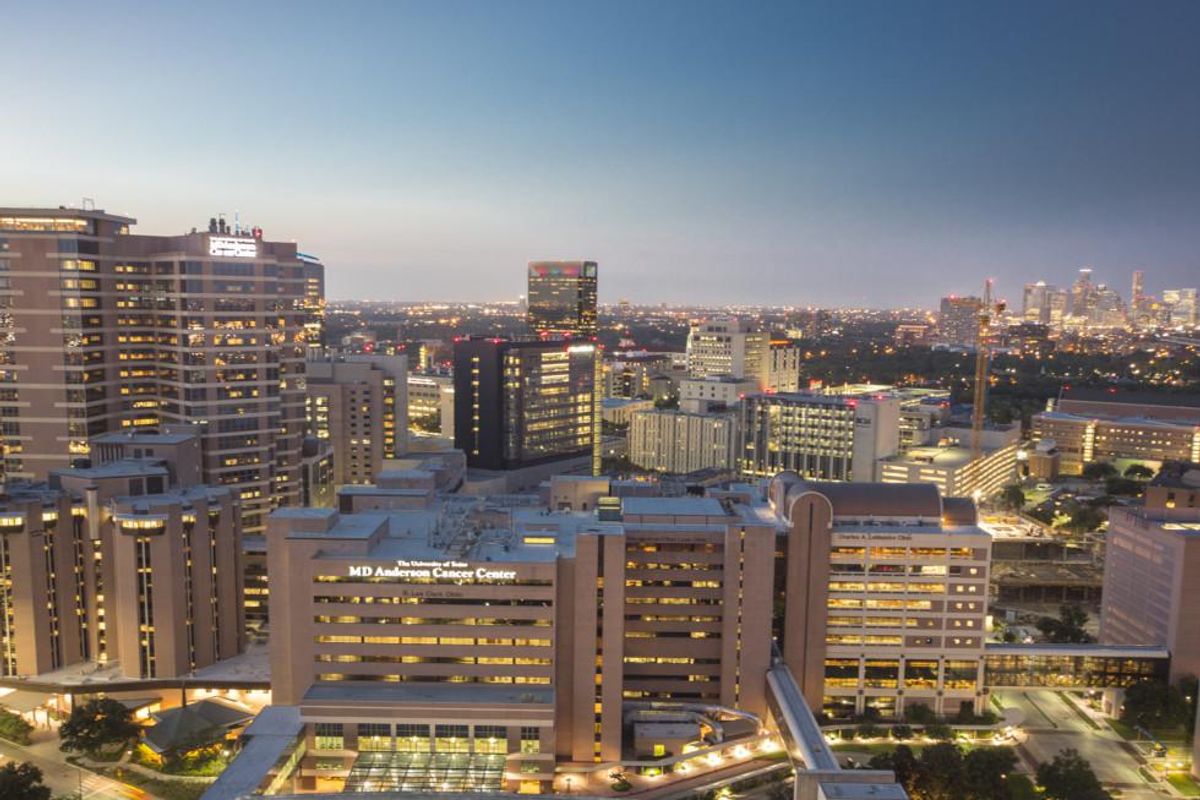Disgraced Theranos CEO Elizabeth Holmes begins prison sentence just 90 minutes from her hometown of Houston
coming holmes
A longtime Houstonian is coming home — by way of prison.
Elizabeth Holmes, the disgraced founder of blood-testing startup Theranos, reported to F.P.C. Bryan, on Tuesday, May 30, per multiple news outlets. She is set to serve 11 years and three months in the women's minimum-security prison located some 90 minutes from Houston hometown.
According to the the New York Times, the onetime Tanglewood resident arrived at the prison in a Ford Expedition that appeared to be driven by her mother, Noel Holmes. Her father, Christian Holmes, appeared to be inside.
The Times adds that after some shuffling around, out of the view of the cameras gathered nearby, Holmes entered the facility wearing jeans, glasses and a sweater, and carrying some papers.
Prior to her arrival in Bryan, Holmes, 39, spent Memorial Day weekend with her family on the beach near her oceanfront San Diego home with her partner Billy Evans and their two children, according to the Daily Mail.
As CultureMap previously reported, Holmes was sentenced to more than 11 years in prison on November 18, 2002 in San Jose, California following her conviction in January that year for defrauding Theranos investors.
Actress Amanda Seyfried, who played Holmes in the Hulu series The Dropout, shared her thoughts on the woman she portrayed to great acclaim. “Life’s not fair,” Seyfried noted on Good Morning America on Tuesday, “but in a lot of ways, it’s fair. For her, in particular.”
Thrust into the spotlight as the new face of white-collar, Silicon Valley fraud, Holmes now serves as a warning to those who might consider a similar path, her sentencing judge made clear.
“I suppose we step back and ask what is the pathology of fraud? Is it the refusal to accept responsibility or express contrition in any way?" Judge Edward Davila said during the ruling, according to Yahoo! Finance. "Perhaps that is the cautionary tale that will go forward from this case."
Davila ordered Holmes to turn herself into custody on April 27, 2023.
Specifically, Holmes' sentence is 11 years and three months in prison, with another three years of supervision after release. Additionally, Holmes and her ex-boyfriend and former Theranos COO Ramesh “Sunny” Balwani have been ordered to pay $452 million to their fraud victims.
Once compared to disruptors and innovators Steve Jobs and Bill Gates, Holmes rose to fame by enticing investors with the promise that her Theranos could run hundreds of blood tests via a simple pin prick. Buzz for Theranos grew to the point that Theranos was valued at $9 billion, which made Holmes the world’s first self-made female billionaire.
Yet, after securing more than $900 million in funding, Theranos was proven to be essentially bogus by the Wall Street Journal in 2015.
Facing up to 20 years in prison, a tearful Holmes, who is pregnant, addressed the court. "I stand before you taking responsibility for Theranos," she said, per Yahoo. "I loved Theranos. It was my life’s work. My team meant the world to me. They wanted to make a difference in the world. I am devastated by my failings," she said. "Every day for the past years, I have felt deep pain for the people…those people who believe in us and those patients. I worked so hard to serve. I gave everything I had to try to to build...Theranos. Looking back, there are so many things I would do differently. I tried to realize my dream too quickly."
Holmes is the subject of the aforementioned series, The Dropout, which centers on her early life in Houston, where she grew up in Tanglewood and attended St. John's School. Her father's layoff from Enron is presented as clearly an inciting incident in her life. As The Dropout depicts, Holmes would meet boyfriend/partner Ramesh "Sunny" Balwani, drop out of Stanford, and launch Theranos.
One of the most memorable lines in the miniseries comes when a young Holmes plainly states her goals at a family gathering. "I wanna be a billionaire," she said plainly — a memorable and clearly prophetic statement.
------
This article originally ran on CultureMap.





